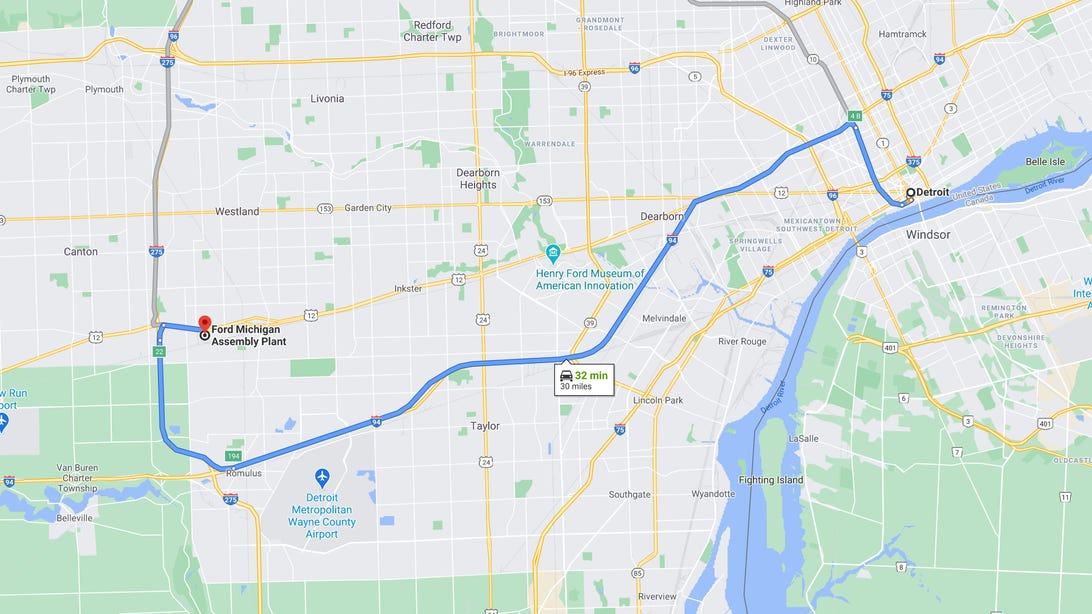The destination charge is the worst new car fee – Roadshow [CNET]
The price you see is not the price you pay when shopping for a new car, unfortunately. Once you agree to the MSRP, or perhaps haggle yourself into a lower price, there’s the dreaded destination charge. These days, this fee typically adds at least $1,000 to the price of your shiny, new car. So, what gives?
Consumer Reports recently examined the rise of destination fees and found they have climbed from an average of $839 in 2011 to $1,244 in 2020, a massive 48% increase in less than a decade. Over the same period, the price of an average new car has risen “just” 27%. I join CR in calling for destination fees to be made part of MSRP and not a footnote to it.

Even if integrated into MSRP, another issue would linger: The distance to a buyer’s destination. Yes, cars are big, heavy things that need to travel thousands of miles to buyers – except when they don’t. How many people in suburban Detroit live a few miles from the Ford plant in Wayne, Michigan, but paid the same $1,195 destination fee on a new Ford Ranger that I would pay here in San Francisco? The same might be asked of new Hyundai Sonata buyers in Alabama that paid $1,005 to ship a car that was made in Montgomery, Alabama.

A new Ford Ranger is produced just down the street from buyers in metro Detroit, yet they pay the same destination fee as a buyer in California.
Google/CNETDestination fees are likely a nice profit center for carmakers, but I can’t say that definitively because there is little transparency about what goes into them or why they differ radically between makes and models. But I do believe shipping and dealer prep are as essential a part of bringing a car to market as conducting crash tests and should be folded into MSRP the same way.
Watch my video to learn why destination fees soldier on as they have for generations and what stands in the way of any carmaker breaking with that pricey tradition.

![the-destination-charge-is-the-worst-new-car-fee-–-roadshow-[cnet]](https://i0.wp.com/upmytech.com/wp-content/uploads/2021/08/37040-the-destination-charge-is-the-worst-new-car-fee-roadshow-cnet.jpg?resize=800%2C445&ssl=1)
![most-trending-cryptocurrency-today-–-ethena,-meme-ai,-dogwifhat-[readwrite]](https://i0.wp.com/upmytech.com/wp-content/uploads/2024/04/177356-most-trending-cryptocurrency-today-ethena-meme-ai-dogwifhat-readwrite.jpg?resize=390%2C205&ssl=1)
![best-projectors-of-2023-[readwrite]](https://i0.wp.com/upmytech.com/wp-content/uploads/2023/03/114874-best-projectors-of-2023-readwrite.jpg?ssl=1)
![6-best-duvet-covers-for-2023-–-cnet-[cnet]](https://i0.wp.com/upmytech.com/wp-content/uploads/2023/01/103445-6-best-duvet-covers-for-2023-cnet-cnet.jpg?resize=390%2C205&ssl=1)